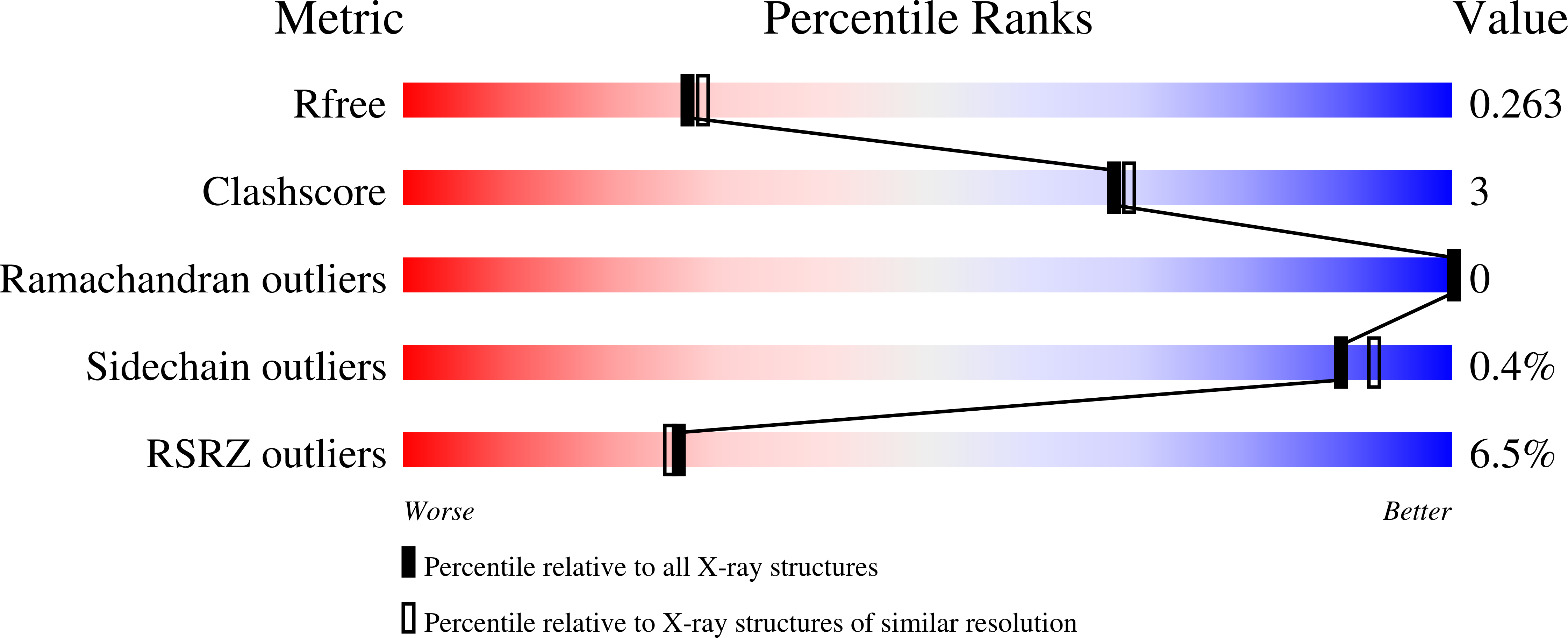
Deposition Date
2025-01-12
Release Date
2025-06-04
Last Version Date
2025-06-11
Entry Detail
PDB ID:
9HZ0
Keywords:
Title:
Protein kinase MKK7 in complex with K221 targeting compound 1
Biological Source:
Source Organism:
Homo sapiens (Taxon ID: 9606)
Host Organism:
Method Details:
Experimental Method:
Resolution:
2.25 Å
R-Value Free:
0.26
R-Value Work:
0.22
R-Value Observed:
0.22
Space Group:
P 21 21 21


